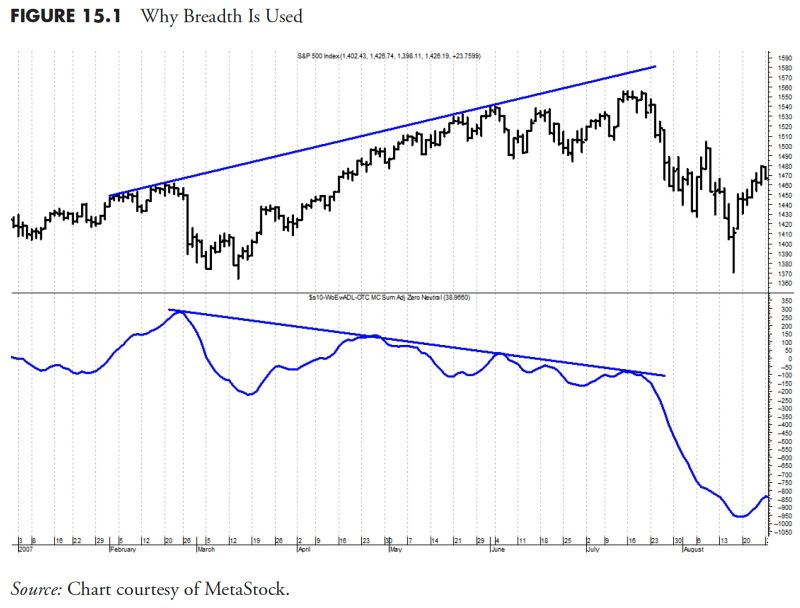In the world of finance, rules-based money management is a strategic approach used by many investors and traders to make well-informed decisions and manage their assets effectively. By establishing a set of rules and guidelines for money management, individuals can enhance their chances of financial success and minimize risks in their investment endeavors.
The core concept behind rules-based money management is to bring discipline and consistency to financial decision-making processes. This methodology involves setting predefined rules for various aspects of managing money, such as entry and exit points, position sizing, risk tolerance, and portfolio diversification. By adhering to these rules, investors can avoid impulsive decision-making driven by emotions and maintain a structured approach to wealth management.
One fundamental aspect of rules-based money management is the establishment of clear entry and exit criteria for investment positions. By defining specific conditions under which to enter a trade or investment and identifying the circumstances that warrant exiting a position, individuals can prevent impulsive trading decisions and reduce the impact of market volatility on their portfolios.
Position sizing is another crucial element of rules-based money management. By determining the appropriate allocation of funds to each trade or investment based on predetermined criteria, individuals can control risk exposure and avoid overleveraging their portfolios. This approach helps in managing losses and preserving capital, leading to more sustainable long-term investment outcomes.
Risk management plays a central role in rules-based money management by setting limits on acceptable levels of risk and implementing strategies to protect against potential downside. By establishing stop-loss orders, setting risk-reward ratios, and diversifying investments across different asset classes, individuals can mitigate the impact of market fluctuations and minimize losses during adverse market conditions.
Portfolio diversification is a key principle of rules-based money management, aiming to spread risk across various asset classes and investments. By allocating funds to a mix of stocks, bonds, real estate, and other assets, investors can reduce the correlation between different holdings and enhance the overall stability of their portfolios. Diversification helps to minimize the impact of individual investment underperformance and provides a more balanced approach to wealth management.
Putting it all together, rules-based money management offers a systematic and disciplined approach to managing finances and investments. By establishing clear rules and guidelines for entry and exit points, position sizing, risk management, and portfolio diversification, individuals can optimize their investment decisions and improve the overall performance of their portfolios. Through consistency and discipline, rules-based money management provides a framework for making informed and strategic financial choices, leading to more sustainable and successful long-term wealth management outcomes.



























